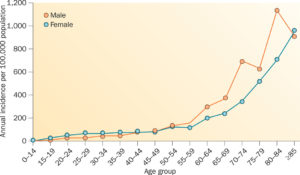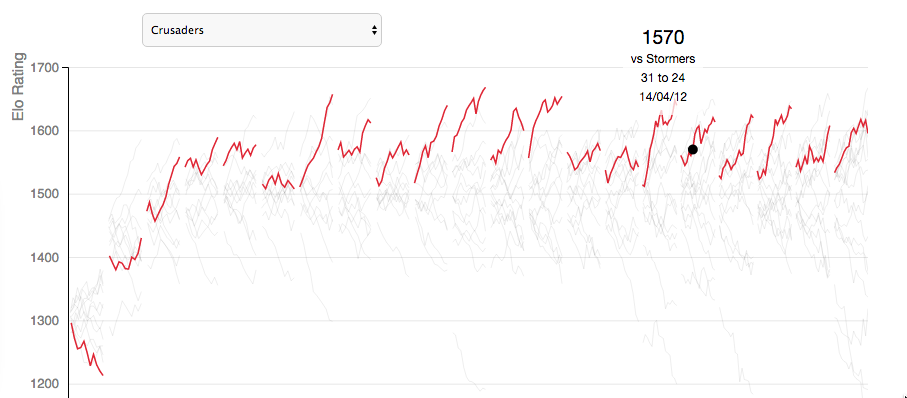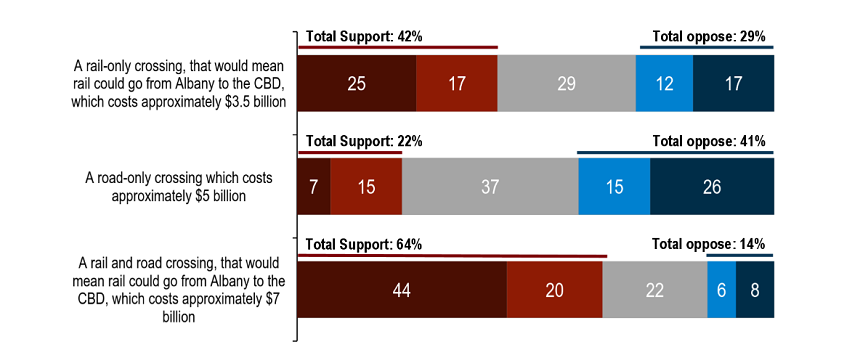Q: Did you see that sleep disruptions will give kids depression and anxiety in later life?
A: The story in the Herald? From the Daily Mail? Yes
Q: And that this costs the US $120 billion per year? Is that what they really found?
A: No. The $120 billion is for all forms of anxiety and depression. They’re not really claiming it’s all — or even mostly — due to kids sleeping badly. They just want you to see the number.
Q: What did they really find?
A: They say kids who got less sleep for two nights found less enjoyment in positive things.
Q: Makes sense. You certainly get grumpy after even one night’s disrupted sleep.
A: Pot, kettle.
Q: But that’s just short-term. What happened when the kids grew up?
A: They didn’t. They’re still kids.
Q: How long have they followed them up?
A: The press release describes the experiment as still ongoing: “they are temporarily restricting sleep in 50 pre-adolescent children between the ages of 7 to 11. “
Q: But the Herald has that in the past tense.
A: Yes. Yes it does.
Q: How long has the research been going on?
A: The grant was funded about two years ago.
Q: Ok, so why does the story talk about “depression and anxiety as adults”?
A: The researchers believe there would be long-term effects in adults.
Q: But this experiment isn’t about that?
A: No.
Q: That’s a relief, actually. If the experiment really was going to make the kids depressed as adults it wouldn’t seem ethical.
A: No, though we also could talk about the ethics of news stories that imply parents are at fault for everything.




Recent comments